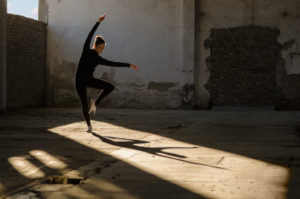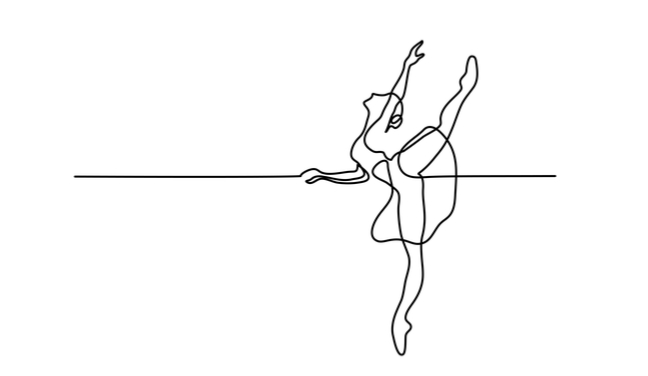From Phone Screen to Stage; Where the Real Magic Lives
It’s 2018, and we have more dance that is readily accessible to us than ever before! It’s amazing, magical, a huge feather in our cap as an industry, and also weirdly enough not ensuring additional paid jobs for dancers. I ask myself often, “How can this possibly be?” and find that my answer always brings me back to the notion that so much of this newfound available content is free without containing any means of educating a viewer of just how much more special the live version can be, and in turn how coming to that live performance keeps dancers employed and earning an income as dancers. We have seemingly been providing a complimentary entrée that has kept our audience just full and satisfied enough that they are continuously skipping out on the live performance ‘dessert’ that is decadent and engaging, and would leave them wanting more.
Live performance is one of those things that can leave you without words, and even without breathe sometimes; it often finds its descriptions filled with sound effects when the verbiage we have available to us simply doesn’t do how it makes us think and feel justice. Talking about the feeling of an aesthetic seems like such a  hippie thing to vocalize, but if my art can make someone feel and reverberate that emotion in their spirit, than it can bring them back time and time again, and this is how a dancer inevitably brings home an income for doing what they do, instead of having to do other things to make ends meat.
hippie thing to vocalize, but if my art can make someone feel and reverberate that emotion in their spirit, than it can bring them back time and time again, and this is how a dancer inevitably brings home an income for doing what they do, instead of having to do other things to make ends meat.
As I leave performances, I often hear fellow audience members begin their conversations as soon as they are on their way out of the theater’s doors; I am an observer by nature, and find this slightly sociological study of theatregoers to be educational and insightful. More often than not the dialogue begins with questions along the lines of, “how did that make you feel?” or “what did you think about that?” It is in moments like this that we are able to gain a better understanding of non-dancers in our audiences; how are they perceiving art, and if the ability to make someone think and feel has opened up a dialogue for them. If they have had a truly visceral experience from watching a dancer live onstage, then as far as I’m concerned dance has done its job and has the potential to have just garnered at least one additional future audience  member, with the opportunity being there for more.
member, with the opportunity being there for more.
How do we get that same response from online content? For me, I personally don’t think that we can. A 2D experience, while wonderful, lacks literal and figurative depth. So then the questions shifts to how do we get an audience who only knows that 2D experience to come see a live one that is no longer free and outside their realm of comfort. Quite candidly, I’m not sure of the answer, but I believe that we must somehow use the power of free online content to encourage attendance at live performances. There are so many details that can be lost through the lens of a camera; moments of hearing someone’s breath, the ability to make eye contact, the miniscule gestures that hold power when seen in person under a light, and not to mention the humanity of it all. The way a human relates to another human is through their human-ness (how many times can one say human in a sentence?). I think and you think, I feel and you feel, and I have a high leg and you potentially just want to see me do my high leg but cannot relate to it at all, and that is completely ok. Part of what makes dance such a beautiful art form is that the moments of humanity are incredibly real and that the moments of super-human are exactly that, but if our connection points are lost than our connection in and of itself ceases to exist and in turn so do the magical qualities that performance can possess.




